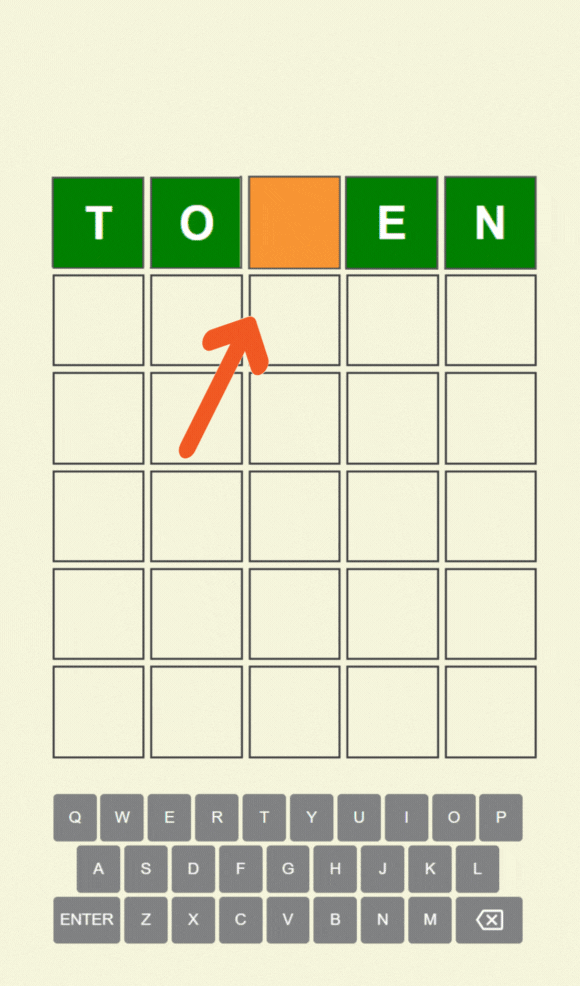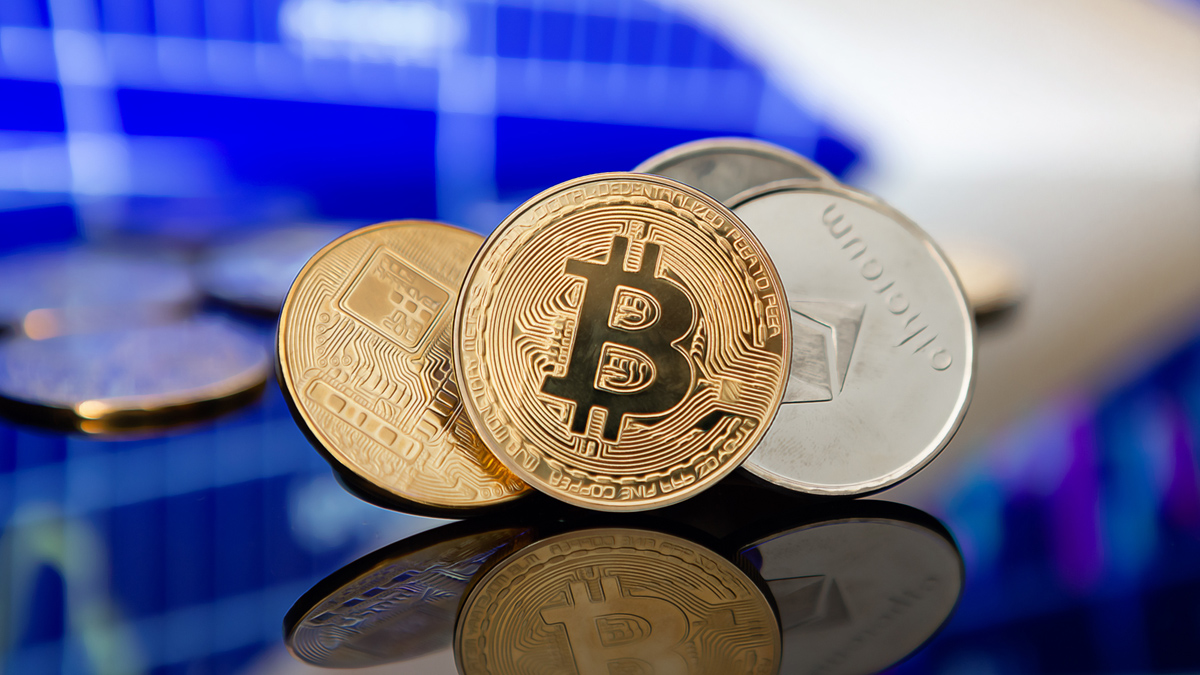Recent fluctuations in the U.S. bond market have significantly increased interest in tokenized treasury assets. The rise in 10-year treasury yields has driven market participants toward alternative and more flexible financial instruments. Developments shaped by tariff implementations and public spending plans have led to substantial price changes in the short term.
Tokenized Treasury Assets Experience Rapid Growth
Following changes in Trump’s tariff policies, there has been a noticeable increase in U.S. 10-year treasury yields. This situation has paved the way for tokenized treasury assets to gain value quickly. In just a few days, the total market size of these assets rose from $4.85 billion to $5.86 billion, marking an approximate $1 billion increase that reflects investor interest in this new financial instrument.
Michael Sonnenshein, the former CEO of Grayscale, highlighted this growth, noting that tokenized assets have outgrown the early performance of stable assets. There is a rapidly increasing interest among investors in blockchain-based assets that possess high liquidity and can be used as collateral.
Institutional Investors Seek Hedge Against Risk
The volatility in the bond market has led to significant changes in portfolio strategies among institutional investors. Professional traders and fund managers have started utilizing tokenized treasury assets as collateral more extensively. Joshua Lim reported an increase in demand for derivative products and a 150% rise in trading volumes, indicating a growing trend in the market.
Investors prefer tokenized assets based on short-term treasury bills for their safe-haven characteristics and practical collateral use. Jean-David Péquignot emphasized that market volatility has not deterred investors; rather, it has strengthened the trend toward tokenized assets. According to Péquignot, the diversification of these assets promotes innovation and flexibility within the financial ecosystem.
New Partnerships and Competition Shape the Landscape
The increasing interest in tokenized treasury products is opening doors for new partnerships, not just on an individual level but also in the institutional domain. Financial technology companies and traditional asset managers are inclined to expand their product offerings in this field. This evolving landscape has caught the attention of regulatory bodies, and the competitive environment brought by new regulations presents both opportunities and challenges for new market players.
Despite market uncertainties, investors are cautiously yet decisively approaching tokenized products. Advantages like liquidity, accessibility, and fast transaction capabilities make these products appealing for both short-term gains and long-term security. This trend may pave the way for tokenized assets to become a permanent fixture in the U.S. financial market.


 Türkçe
Türkçe Español
Español









